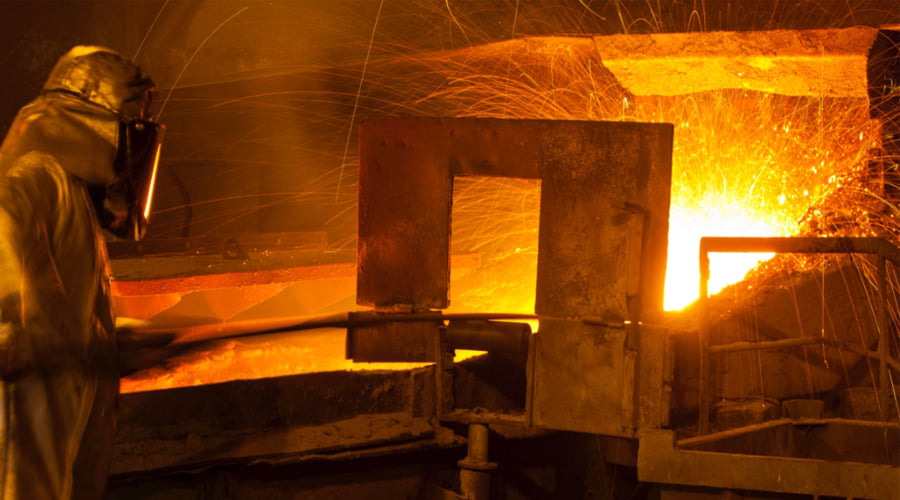Submerged arc furnace for ferro alloy production, this article will delve into its intricacies, principles of operation, advantages and applications. We will also discuss the different types of ferroalloys that can be produced using this technology and the environmental impact of using SAF.
Working Principle
Submerged Arc Furnace for Ferro Alloy Production
The working principle of submerged arc furnaces is resistance heating. It consists of a refractory-lined steel shell immersed in a conductive bath of slag. The bath is created by adding flux and other additives to the raw materials that are fed into the furnace via a top-loading system.
Once the raw material is loaded into the furnace, electrical current is passed through graphite electrodes positioned above the molten pool. The electric current creates a high-temperature arc that causes the raw materials to melt and react with each other. The heat generated by the arc is transferred to the charge, thereby producing molten metal and slag.
Advantages of Submerged Arc Furnace (SAF)
One of the main advantages of using a submerged arc furnace for ferroalloy production is its ability to operate continuously, allowing for greater productivity and efficiency. Continuous operation also allows better control of process parameters, ensuring consistent product quality.
In addition, SAF has excellent energy efficiency due to its inherent design. The resistance heating method used in the furnace helps to minimize heat loss and consumes less energy than other types of furnaces.
This not only reduces operating costs, but also contributes to the overall sustainability of the production process.
Another advantage of using submerged arc furnaces is their versatility in producing different types of ferroalloys. By adjusting raw material composition and process parameters, various ferroalloys can be produced, including ferrosilicon, ferromanganese, ferrochrome, ferrovanadium, etc. This flexibility allows ferroalloy producers to meet the specific needs of the steel industry.
Application Of Submerged Arc Furnace (SAF)
Submerged arc furnaces are widely used in the production of various ferroalloys that are used as alloying elements in the steelmaking process.
For example, ferrosilicon is widely used in the production of stainless steel, carbon steel and electrical steel. It provides the final steel product with desired properties such as increased strength, corrosion resistance and magnetism.
Ferromanganese is another important iron alloy used to increase the hardness, toughness and wear resistance of steel. It is commonly used in the production of construction materials, auto parts and tools.
Ferrochrome, on the other hand, is essential for the production of stainless steel and other corrosion-resistant alloys. It imparts high resistance to oxidation, heat and chemical corrosion to the final steel product.
Environmental Impact of Submerged Arc Furnaces (SAF)
While submerged arc furnace for ferroalloy production offer numerous advantages in terms of efficiency and versatility, it is important to consider their environmental impact. The main environmental concern associated with SAF is the release of greenhouse gases, especially carbon dioxide (CO2), during production.
To mitigate this environmental impact, various measures can be taken. One approach is to optimize process parameters to minimize energy consumption and reduce CO2 emissions. Another approach is to capture and store the carbon dioxide produced during production, preventing it from being released into the atmosphere.
Submerged arc furnaces for ferro alloy production are essential furnaces in the smelting industry and play an important role in the steelmaking industry. Its continuous operation, energy efficiency and versatility make it ideal for ferroalloy producers.
However, it is critical to address the environmental impacts associated with SAF by implementing sustainable practices and exploring greener alternatives. By doing so, we can ensure the long-term viability and sustainability of ferroalloy production in the steel industry.

